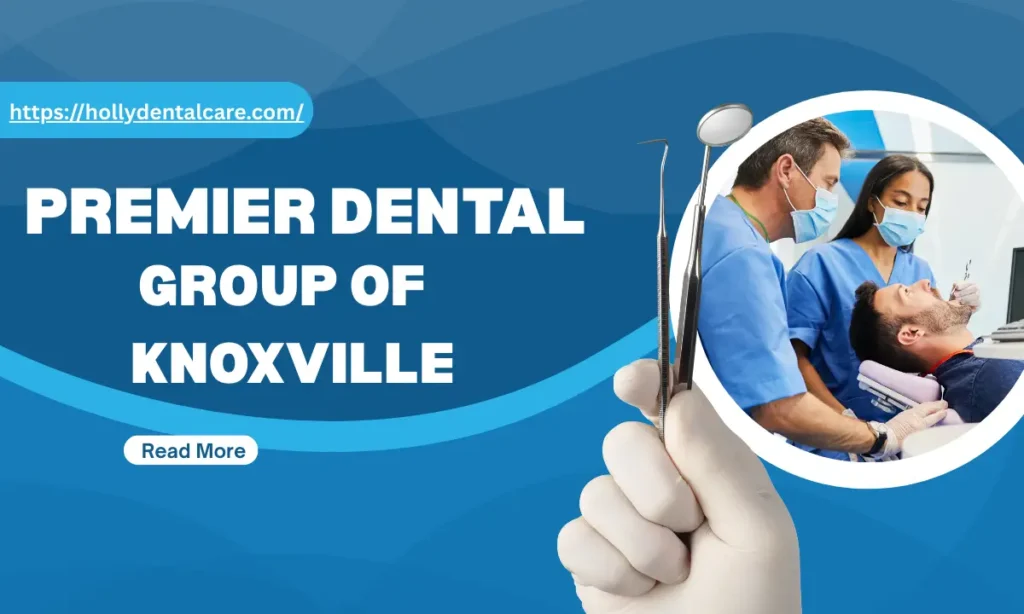Limburg-based Dutch company Novenda Technologies secured $1.6 million in funding to further develop its innovative multi-material 3D printing technology. Using this new technology will improve outstanding quality dental care by making dental products more appealing, affordable, and accessible. 3D printing is one of the most important breakthroughs in dentistry with a vision of driving dental workflow to make it faster, more accurate, and more patient-oriented than ever before. Coupled with innovation in 3D printing, artificial intelligence (AI) and end-to-end digital workflows are major innovations this year.
Diagnostics and Treatment Planning with AI
Technology plays a very important role in making dental diagnostics and treatment planning simpler and smoother. The process starts with the acquisition of digital data from the patient which will serve as the raw material for AI analysis. Radiographs, cone beam computed tomography (CBCT) scans, intraoral photos, and patient records will be analyzed by AI using deep learning algorithms. AI will identify and separate different anatomical structures from images distinguishing between, enamel, bone, and restorations of teeth, to name only a few. It will then look for patterns searching for the subtle indication of disease that a human eye might miss. For example, by examining images pixel by pixel, AI can identify early tissue decay before it becomes clinically evident. Bone level can be measured with accuracy and bone loss quantified that is an important indicator of gum disease. Periapical lesions identified at the tip of the tooth root are infection signs. Therefore, as soon as an X-ray is taken, AI can generate immediate results offering the dentist with an instant second opinion. Apart from diagnostics, AI can also create a digital model of the entire treatment process whether it’s for bridge, night guard, or implant replacement. For example, in orthodontics, it simulates how teeth will shift over a time frame helping to create the most effective aligner plan. AI-created visual overlays and simulations are also useful for patient education leading to a better understanding and higher treatment acceptance.
3D Printing for Dental Applications
Additive dentistry is a cutting-edge technology that provides the capability of making physical dental models and appliances from digital data. In the modern-day digital workflow of dentistry, the dentist captures the images of oral anatomy of a patient with an intraoral scanner or CBCT scan and then makes use of them. The digital file is then converted and loaded into specialized dental CAD software for the user to design a variety of devices like crowns, bridges, dentures, surgical guides, and orthodontic models. After finalizing the design, the CAD file is submitted for 3D printing. The choice of materials depends on whether the final product is intended to be temporary or permanent, and on its specific function. For example, titanium is a good metal 3D printing material due to its high biocompatibility, strength-to-weight ratio, and corrosion resistance. It’s well suited for 3D printing dental implants and as frameworks for bridges and crowns. Titanium suppliers consider the healthcare industry to be among the largest consumers of the metal along with aerospace, defense, and the automotive sectors.
Integration of Digital Technologies
The integration of various digital technologies is a significant challenge for many dental practices. Thus, having in place integrated, cloud-based systems which effortlessly connect all digital devices and processes is extremely beneficial. For example, platforms such as Dentsply Sirona’s DS Core, enable easy data sharing between 3D printers, intraoral scanners, milling machines, and practice management software to streamline administrative and clinical processes. Dentists can share patient data and work with labs and other specialists in real-time, improving communication, collaboration, and treatment planning. The use of AI and cloud-based systems enables automation of tasks like appointment scheduling, insurance verification, and patient communication, freeing up time for staff to focus on patient care. These innovations ensure patients receive quality dental care, supported by advanced technology and seamless coordination among dental professionals.
Without a doubt, innovations in dental devices and technologies lead to a more efficient, accurate, and patient-centered dental care model. These tools are part of a larger digital ecosystem that is reshaping the entire dental industry.


